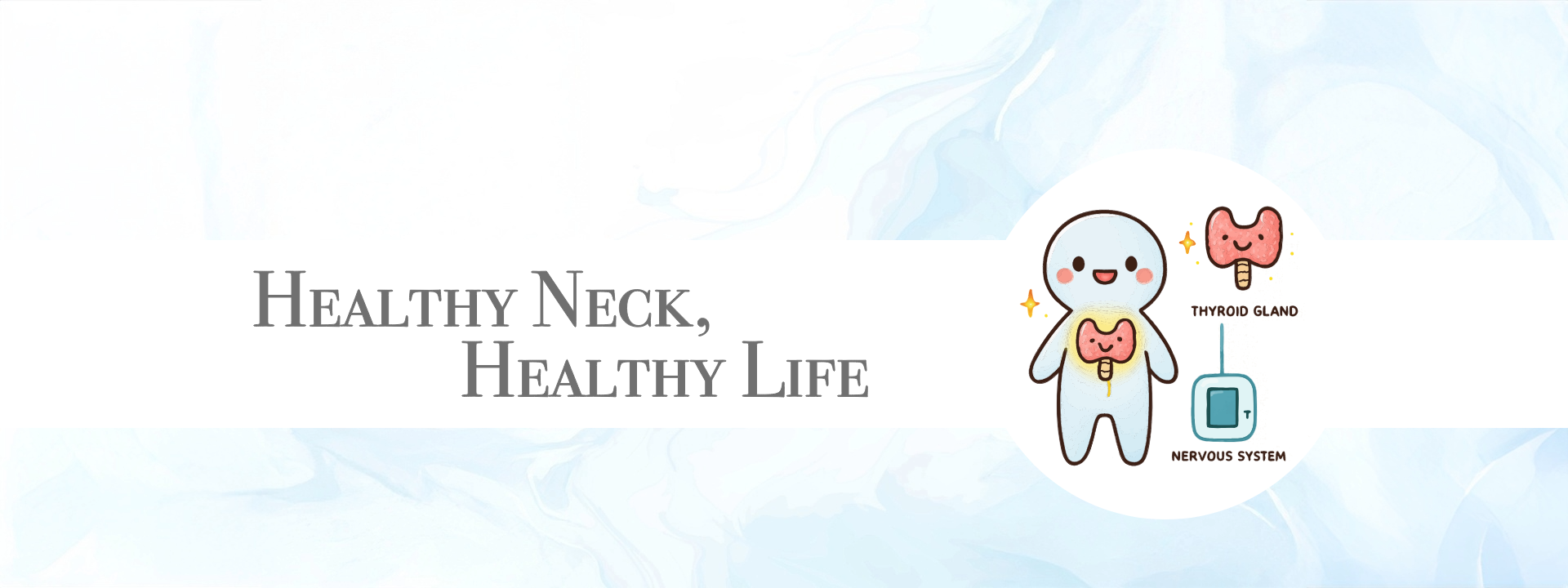④✿ Wanting to Save People Around the World: The Event That Led Me to Pursue Clinical Work Overseas — A New Discovery About Tic Disorders
A child of an acquaintance had been struggling with a tic disorder and had been trying to cope with it in their own way. In fact, this child had a much more objective understanding of their condition than we had imagined — even possessing a kind of “specialized” perception.
According to the child, “If I try, I can make the tics appear, and to some extent, I can suppress them too.”
About ten days after moving to Tokyo, one evening during a treatment session, I found myself wondering if increasing the mobility of the occipital bone and C1 (the first cervical vertebra) might bring more stability. I began experimenting with different approaches.
I came up with one particular adjustment method and tried it. Suddenly, the child said:
“Huh? The ‘seed’ of the tic is gone.”
When I asked, “What do you mean?” the child explained:
“Usually, there’s something like a ‘seed of a tic’ in my head. When that turns into an urge, it becomes a tic. But now, that ‘seed’ is gone, so even if I try to make a tic happen, I can’t.”
He described it as a kind of fuzziness building up in his head, which would then explode out in the form of sounds or actions.
I was genuinely astonished and, at the same time, deeply convinced: “This is a major breakthrough.”
[Clinical Segment: The Relationship Between C1 and the Pillow]
While there was still a slight tendency for the symptoms to return at night, the changes were so apparent that I felt confident: “If we keep going like this, things will definitely continue to improve.”
What I became convinced of, through observing his condition, was this:
Sleeping with a high pillow leads to “tech neck” (straight neck), which causes the C1 vertebra to become misaligned, and that misalignment was likely triggering the tic symptoms.
At our clinic, we use an originally designed pillow that is quite low. After about two weeks, the child began to feel that “even at this low height, it’s comfortable to sleep” (used both while lying on the back and side).
- The frequency and intensity of the tics clearly decreased.
- Feelings of depression lessened, and the quality of sleep improved.
Once again, I strongly realized how everything is interconnected.
[Next Time]
In the next article, I will look back on those days while introducing actual data, photos taken at the time, and notes from my records.



コメント